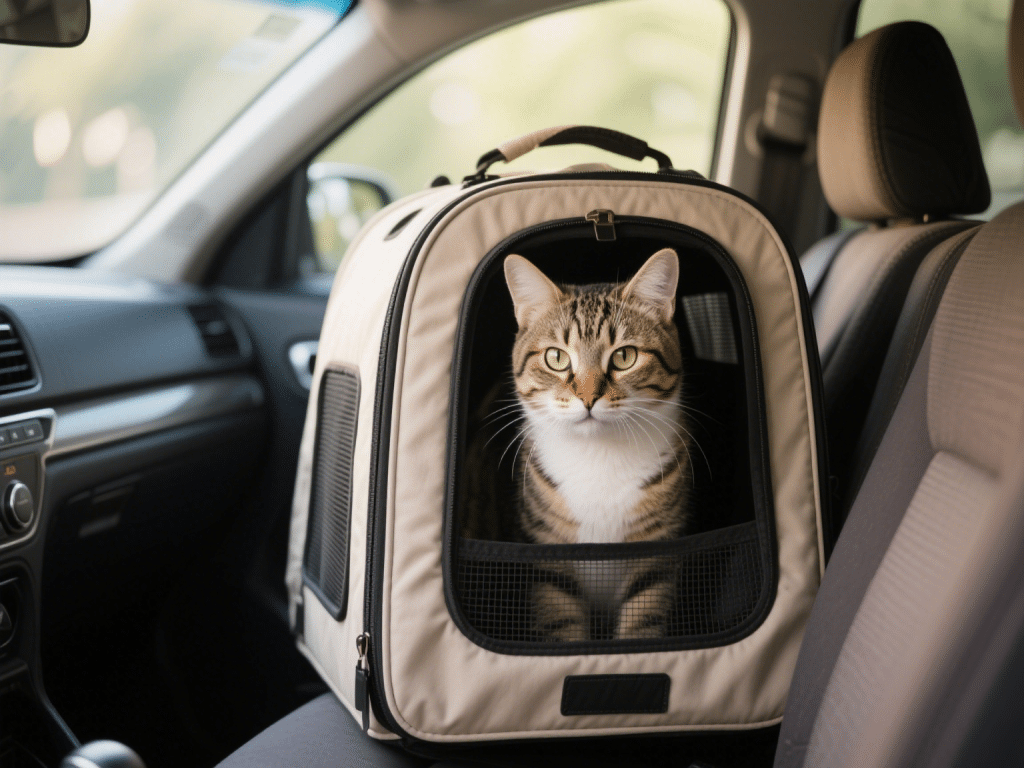
Traveling with Your Cat: Preparation, Carriers & Stress‑Reduction Techniques
Few things test a cat’s composure like travel. Yet with thoughtful preparation—carrier...
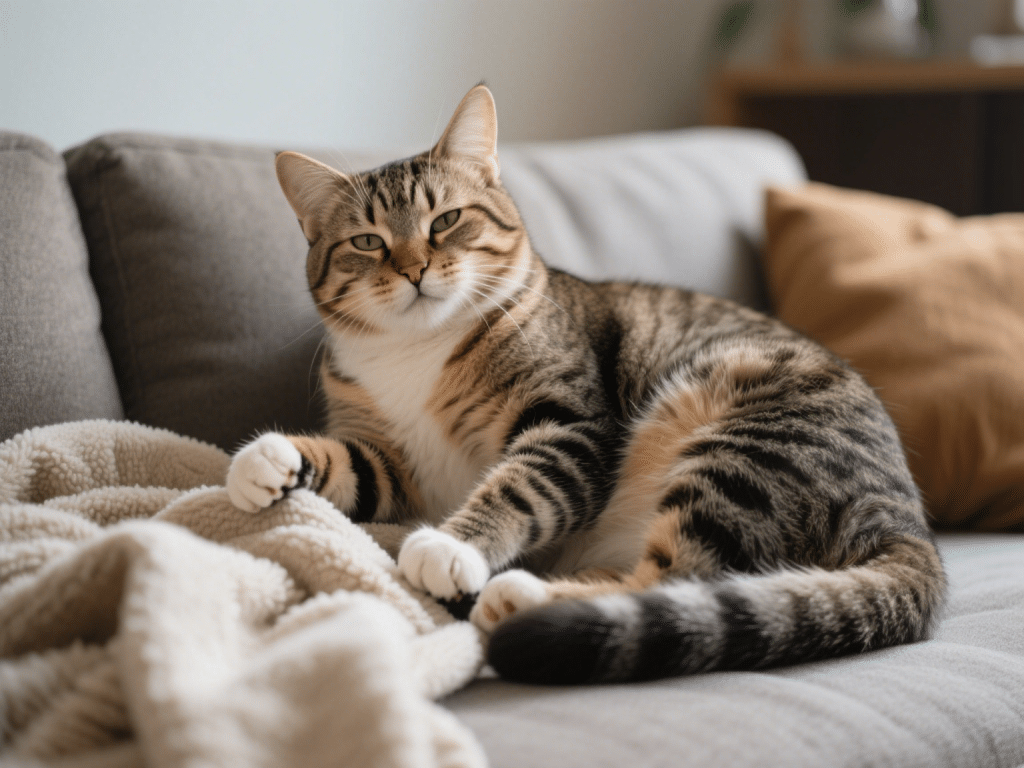
When your cat gently presses paws into your lap or their blanket—alternating left and right—they’re “kneading.” This rhythmic motion, sometimes called “making biscuits,” has deep instinctual roots tracing back to kittenhood. Though it can leave your clothes fuzzy, kneading is a sign of trust, comfort, and emotional well‑being. As a seasoned feline behaviorist, I’ll unpack why cats knead and how you can encourage this bonding ritual while keeping your home hair‑free and your cat content.
Newborn kittens knead their mother’s belly to stimulate milk flow. Even after weaning, the neurological pleasure of this motion persists—much like humans seeking comfort from familiar habits.
Contentment Signal: Cats often knead when they feel safe—on a sunny windowsill or during cuddle time.
Territorial Marking: Paw pads have scent glands; kneading deposits pheromones saying, “This is mine.”
Stress Relief: Some cats knead when anxious, as a self‑soothing mechanism.
Healthy kneading is gentle, intermittent, and paired with relaxed body language. Warning signs of stress‑related compulsive kneading include excessive drooling, vocalizing, or skin irritation.
Soft Surface Invitation: Offer plush blankets or a dedicated knead cushion.
Trimmed Nails: Regular trimming reduces scratching damage.
Redirect During Me-Time: If your cat kneads you too vigorously, gently move their paws to the blanket.
Knead‑Friendly Clothing: Keep a fleece shawl available for lap‑time sessions.
If kneading coincides with aggression, withdrawal, or health decline (weight loss, grooming changes), consult your vet for underlying issues.
Takeaway: Kneading is your cat’s heartfelt expression of comfort and trust. By giving them proper outlets and understanding its emotional roots, you’ll strengthen your bond—and keep your favorite sweater intact!

Few things test a cat’s composure like travel. Yet with thoughtful preparation—carrier...
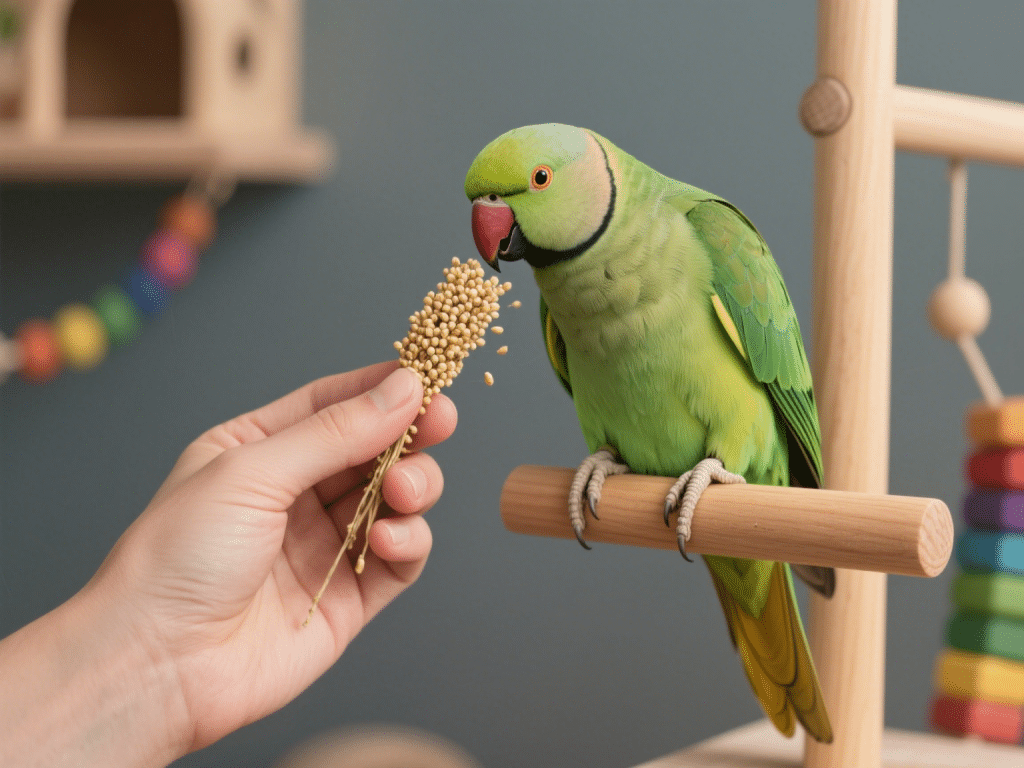
Training and socialization are cornerstones of a harmonious relationship with your pet bir...
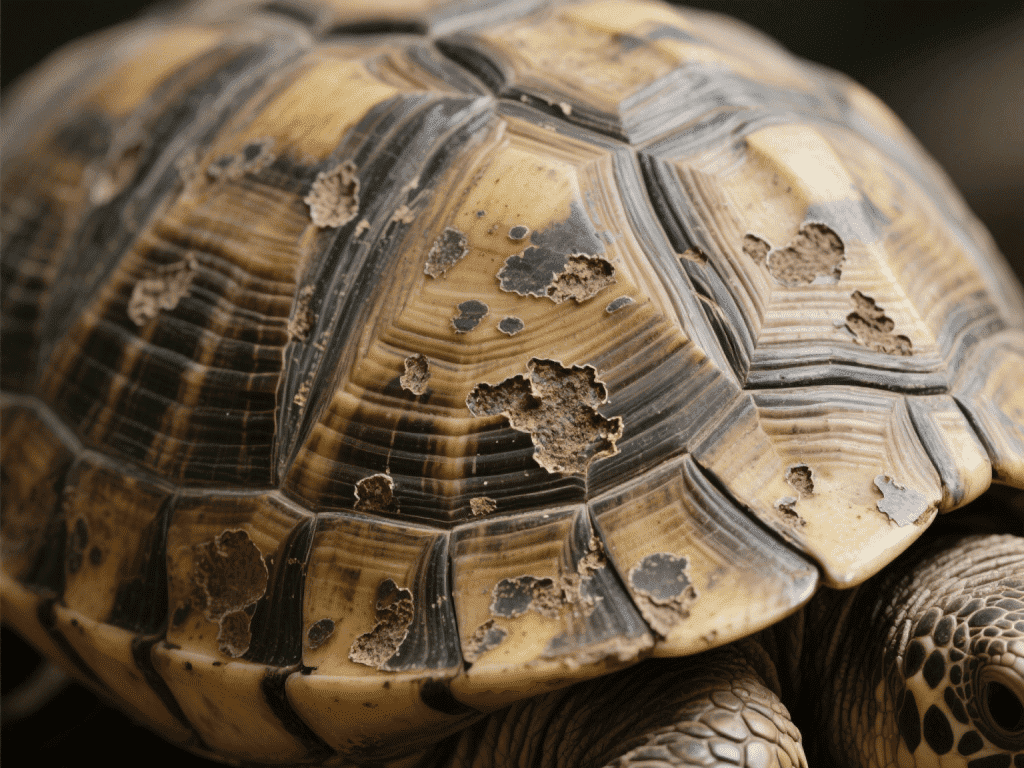
Shell rot—a bacterial or fungal infection affecting aquatic turtles—can progress rapid...

As a board-certified veterinary nutritionist and diabetes educator, I’ve supported dozen...
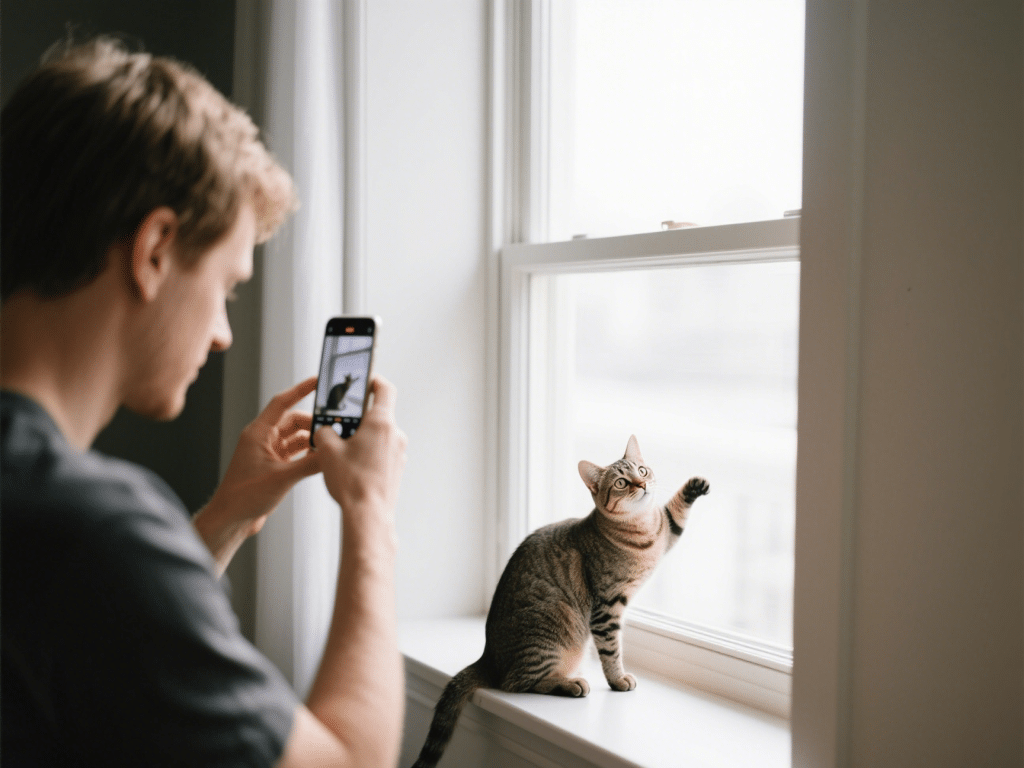
IntroductionProfessional cameras and studio setups help, but you don’t need expensive ge...

IntroductionLoud noises—fireworks, thunderstorms, construction—trigger anxiety in many...
Comments on "Why Cats Knead: The Instinctual Roots and How to Respond" :